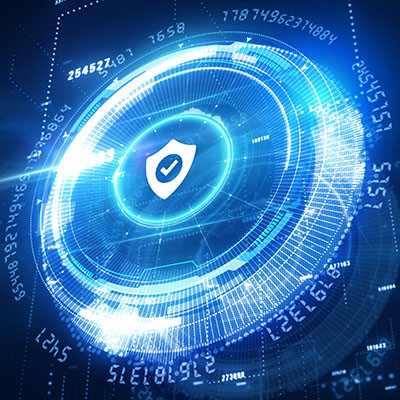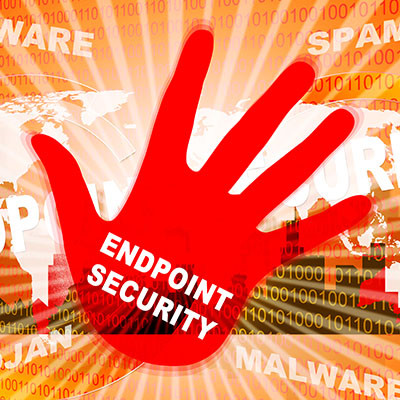Depending on the size and complexity of your organization, managing technology can easily become a full-time job. If you are only calling a technician when you are dealing with a computer issue, then you might be sitting on a ticking time bomb. Whether you have internal staff responsible for managing your IT, or you rely on a third-party, you’ll want to make sure the following tasks are getting done.
About Coleman Technologies
Coleman Technologies has been serving the British Columbia area since 1999, providing IT Support such as technical helpdesk support, computer support and consulting to small and medium-sized businesses. Our experience has allowed us to build and develop the infrastructure needed to keep our prices affordable and our clients up and running.
Recent News
Contact Us
20178 96 Avenue, C400
Langley, British Columbia V1M 0B2
Mon to Fri 7:00am to 5:00pm
Coleman Technologies Awards & Memberships








